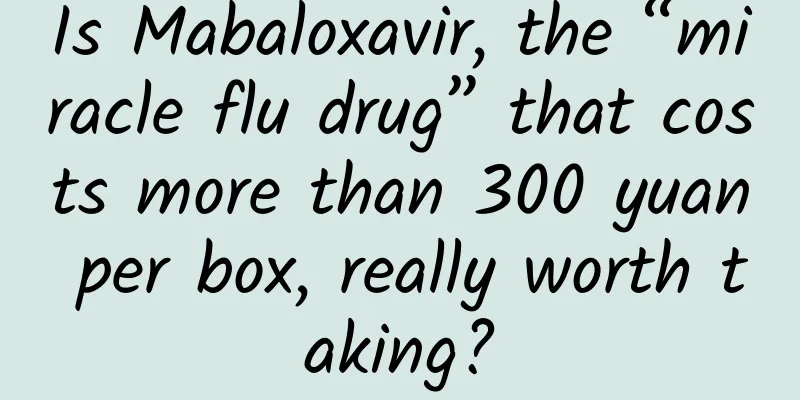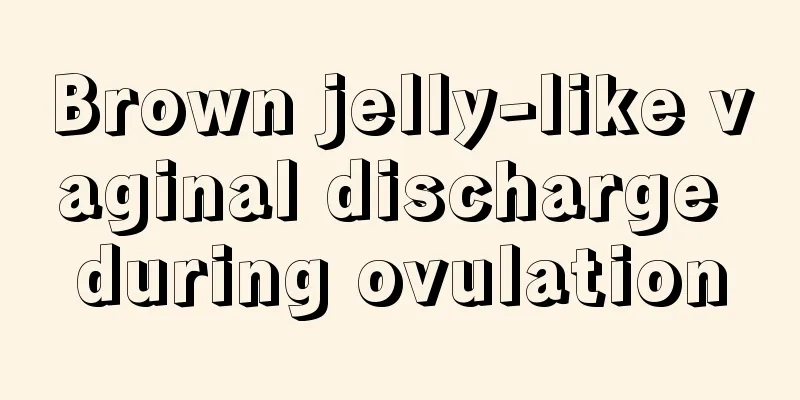Does follicle collapse mean ovulation?

|
Follicular collapse is a symptom of female ovulation. Generally speaking, when this happens, it means ovulation has occurred. For women who want to increase their chances of conception, this is a better time period. The female ovulation period is mainly divided into three stages, namely the follicular phase, ovulation phase and luteal phase. Women should usually understand the time of ovulation, and having sex at this time can increase the chance of conception. Does follicle collapse mean ovulation? The difference between follicular collapse and ovulation is that follicular collapse actually means that ovulation has occurred. Women who are preparing for pregnancy can conceive at this time, and the pregnancy rate is relatively high. Normal women have an ovulation period every month, and usually only one follicle matures and ovulates each month. , is generally divided into three stages, namely the follicular phase, ovulation phase and luteal phase. 1. Follicular phase: This is the stage when the follicles develop and mature. During the development process, the primordial follicle goes through different development stages of primary follicles and secondary follicles, and finally becomes a mature follicle. 2. Ovulation: Under the action of the peak of LH secretion, the mature follicle moves to the surface of the ovary, the follicle wall ruptures, the ovulation hole appears, and the egg cell, zona pellucida, corona radiata and egg fluid are discharged. This process is called ovulation. The released egg is captured by the fallopian tube umbrella and sent into the fallopian tube. 3. Luteal phase: After ovulation, the luteal phase begins. The remaining follicular wall collapses, and blood enters the follicular cavity and coagulates to form a blood body. As blood is absorbed, granulosa cells and endometrial cells proliferate and luteinize, forming a corpus luteum that has a yellow appearance. How many days after menstruation is ovulation Since everyone's menstrual cycle is different, the answer to how many days after menstruation is the ovulation period will also be different. However, you can calculate the ovulation period according to this formula: 1. For women with relatively stable menstrual periods: the ovulation day is generally the 14th day before the next menstrual period. The 5 days before this day, including this day and the 4 days after this day, are called the ovulation period. In other words, the ovulation period of an average woman is ten days. 2. If the menstrual cycle is unstable, the ovulation period can be calculated in this way: the first day of ovulation = the shortest menstrual cycle minus 18 days, the last day of ovulation = the longest menstrual cycle minus 11 days. The calculation method is to take the first day of menstruation as the base point and count the days backwards. |
<<: How long can I take a bath after giving birth?
Recommend
How do women maintain their uterus?
There are many ways to maintain the uterus. We al...
Ovarian atrophy
The ovaries play an extremely important role in w...
When is the best time to take the ovulation injection?
Women are destined to be mothers. It is a very pa...
Why is the areola so big?
The areola will become particularly large during ...
When is the first day of pregnancy counted?
Calculating the pregnancy time can help us calcul...
Don't use panty liners for a long time, it is harmful to your health!
Speaking of sanitary pads, many girls must be fam...
The thymus is an immune organ, so can thymosin improve immunity?
In daily life, we often see advertisements for pr...
Does low echo in the uterine cavity require uterine curettage?
Abortion has a great impact on the human body. It...
How many days after artificial insemination is it best for implantation?
There are so many infertile people now, and it ha...
How to prevent gynecological diseases in women
There are still many gynecological diseases in wo...
National Fitness Day丨If you don’t do fitness correctly, you will just waste time? Learn about these fitness misunderstandings
Today is National Fitness Day. Do you know how to...
Does pregnancy cause leucorrhea?
With the rapid development of the economy, people...
What is pubic pain during pregnancy?
During pregnancy, we hope that there will be no a...
How many times does uterine involution need to be done?
Uterine involution is a relatively complicated op...
Can I get pregnant if my fallopian tube is open on one side?
There are two ovaries in the female body, and man...









